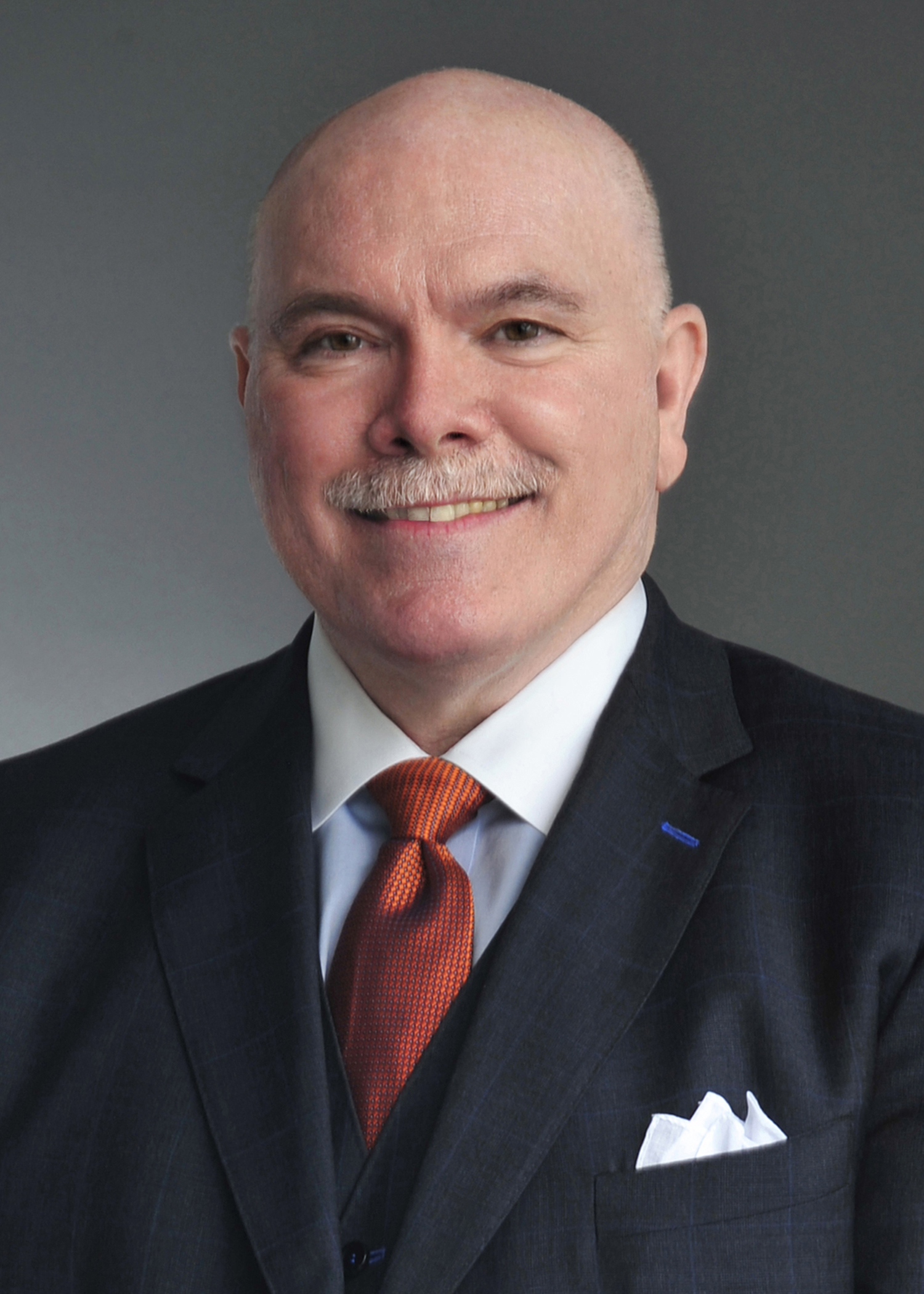By Andy Richardson and Travis Loop
Resilience is one of those buzz words that we hear frequently in the water sector. But what does it really mean? We put the topic under the microscope at the latest of WEF’s series of Great Water Cities Summits, this one held in New York City, and discovered it means more than we typically think.
Often, we perceive resilience in the traditional sense – building and improving water infrastructure so that it can function in the face of natural and manmade pressures. Physical resilience is certainly more important than ever. Cities across the country are dealing with the impacts of climate change including drought, flooding, strong storms, and sea level rise. At the same time, the U.S. population continues to grow and urbanization further increases demands in cities.
The host city of New York is experiencing many of these challenges and especially felt urgent need to boost physical resilience after Superstorm Sandy dealt a blow to water infrastructure across the region in 2012. Planning for physical resilience encompasses rethinking how investments are made in the upgrade and repairs of existing assets, as well as envisioning future investment needs. Dan Zarrilli, the Chief Resilience Officer for New York City, detailed the city’s extensive efforts to strengthen physical resilience, which fall within their overall plan to mitigate and adapt to climate change. Mr. Zarrilli explained how municipalities and utilities can lead this vital charge despite any different direction at the federal level.
But as the Great Water Cities Summit highlighted, resilience comes in other forms. Among them is financial resilience. The current strains on water infrastructure and the potential impacts from future events create tremendous financial risk for cities. According to Alex Kaplan, Senior Vice President of Global Partnerships for Swiss Re, the risk has been driven much higher by the accumulation of assets in disaster-prone areas, particularly in coastal areas susceptible to storms, flooding, and rising oceans. We heard from our panelists how sound financial planning and investment, together with innovative thinking, can help cities achieve their financial goals and create a sustainable future. Mr. Kaplan added that cities can buy down the economic risk through physical adaptations.
Another essential area for resilience is in the workforce. As noted by Harlan Kelly, General Manager of the San Francisco Public Utilities Commission, most of the time we talk about aging infrastructure, not the aging workforce. Mr. Kelly has among the panelists who spoke about how communities are investing in workforce resilience by identifying what the team of the future will look like – comfortable with technology and innovation, adaptive, cross-trained, and engaged in their community. Cities like San Francisco are having to be creative and persistent in efforts to market water sector careers to millennials in particular.
The bottom line from the Great Water Cities Summit in New York is that true resilience requires a holistic approach – physical, financial, and workforce. It takes long-term planning, community engagement, strategic investment, and a healthy dose of innovative thinking. Then, as cities like New York have discovered, the challenges we face can be flipped into opportunities.
(Posted 6/9/2017)


 Andy Richardson is Chairman of the Board of Directors and CEO of Greeley and Hansen, a leading global civil and environmental consulting engineering firm. Mr. Richardson oversees all business operations and directs the implementation of the firm’s strategic plan, and leads the firm’s Executive Management Team. During his more than 38 years of delivering a broad range of water and wastewater projects and programs for Greeley and Hansen clients across the country, Mr. Richardson has also been actively involved in numerous industry organizations. He has served as a past president of both the AWWA and the Arizona Water and Pollution Control Association, and on national committees for WEF and Water For People. He currently serves as a Board Member and Executive Committee Member for the U.S. Water Alliance.
Andy Richardson is Chairman of the Board of Directors and CEO of Greeley and Hansen, a leading global civil and environmental consulting engineering firm. Mr. Richardson oversees all business operations and directs the implementation of the firm’s strategic plan, and leads the firm’s Executive Management Team. During his more than 38 years of delivering a broad range of water and wastewater projects and programs for Greeley and Hansen clients across the country, Mr. Richardson has also been actively involved in numerous industry organizations. He has served as a past president of both the AWWA and the Arizona Water and Pollution Control Association, and on national committees for WEF and Water For People. He currently serves as a Board Member and Executive Committee Member for the U.S. Water Alliance.  Travis Loop is the Senior Director of Communications and Public Outreach for the Water Environment Federation. He has more than 17 years of experience in communications, government, and media, with a focus on environmental and water issues. Travis most recently served as the director of communications for EPA’s Office of Water and previously managed public affairs for the Chesapeake Bay Program. Prior to that, he was the speechwriter and a communications manager for the Governor of Hawaii. Travis spent the first seven years of his career as a newspaper reporter and editor in North Carolina; Washington, D.C.; and Hawaii.
Travis Loop is the Senior Director of Communications and Public Outreach for the Water Environment Federation. He has more than 17 years of experience in communications, government, and media, with a focus on environmental and water issues. Travis most recently served as the director of communications for EPA’s Office of Water and previously managed public affairs for the Chesapeake Bay Program. Prior to that, he was the speechwriter and a communications manager for the Governor of Hawaii. Travis spent the first seven years of his career as a newspaper reporter and editor in North Carolina; Washington, D.C.; and Hawaii.